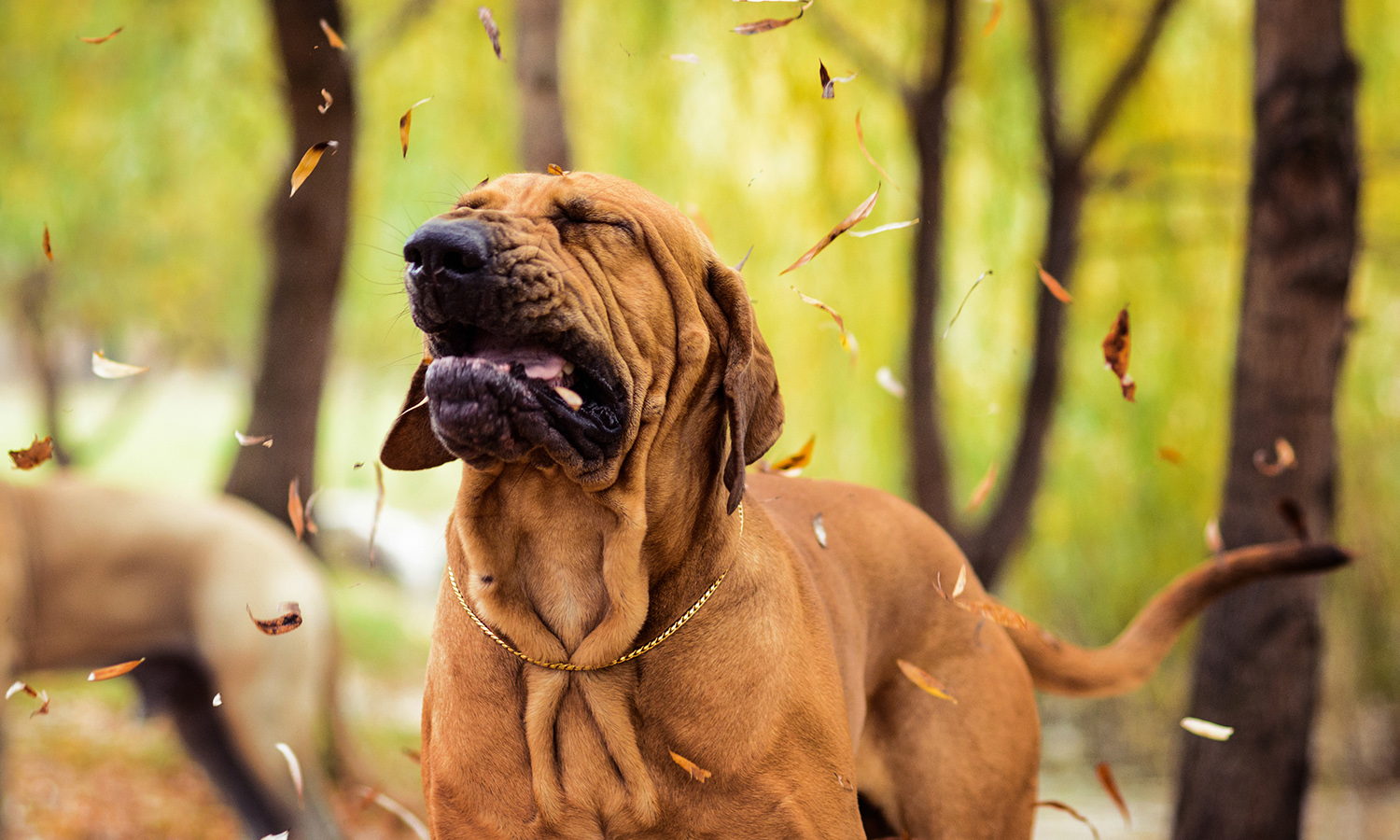ARTICLE
Benadryl for Dogs - How Much is Too Much? How Much is Safe?
페이지 정보
본문

Is Benadryl safe for my dog or cat?
Benadryl is an over-the-counter name-brand medication for allergies in humans, medically known as, diphenhydramine HCI. This drug is an effective treatment used to relieve symptoms of allergies, such as itching, hives, and sneezing. Although Benadryl is not FDA-approved for cats and dogs, veterinarians regularly use diphenhydramine to treat symptoms of anxiety and allergies for our four-legged loved ones. It is considered safe with veterinarian approval and proper administration of the medication. Simply ensure that your brand does not contain any decongestants or alcohol and that the only active ingredient is diphenhydramine.
As pet parents, we all know how curious our furry loved ones can be and may inevitably run into a particular bush or eat something they shouldn’t. For the many causes of allergic incidences in pets, veterinarians consider Benadryl to be safe for cats and dogs. As long as you follow the correct dosage and frequency of dose, Benadryl can effectively relieve symptoms such as rash in less than an hour. You generally do not want to administer any time-released medication, as they are designed for human stomachs and may cause an overdose due to the drug breaking down quicker in your pet’s stomach.
What can Benadryl treat in my dog?
A veterinarian will typically suggest the use of Benadryl for mild allergic symptoms due to a bug bite or sting, a reaction to a medication or vaccination. However, if your dog’s allergic symptoms begin to include difficulty breathing or facial swelling, immediately contact your veterinarian for more appropriate treatment. Additionally, Benadryl can also help alleviate symptoms due to environmental and food allergies.
The following list is the most common symptoms in dogs that Benadryl can treat:
- Hives
- Redness
- Runny nose and eyes
- Sneezing
- Swelling and inflammation
- Itchy or red ears
- Anxiety from a long travel or loud noises
- Coughing or hacking
Benadryl dosage for dogs
When using any medication, it is always essential in asking your veterinarian for proper dosage. They can provide the most accurate dosage according to your pet’s age, weight, known medical history, etc., to ensure the least likely chance of an adverse effect.
The following is the general rule for dosage according to weight and different size breeds of dogs:
-
Medium to large breed dogs
The recommended dose for a medium to large sized breed is approximately 1mg per pound of body weight. A single (25 mg) tablet of Benadryl would be ideal for a 25lb dog. Your veterinarian will likely suggest a dose frequency of 8-12 hours a day if symptoms persist without worsening. If symptoms begin to include difficulty breathing or facial swelling, a visit to the vet is recommended.
-
Small breed dogs
For smaller breed dogs, liquid Benadryl for children is recommended due to the exclusion of alcohol in its formula. Be sure you do not use the grape-flavored liquid. It is easier to properly dose dogs that are under 25 pounds in liquid form. The recommended dose is approximately 0.4ml per pound of body weight. If symptoms begin to include difficulty breathing or facial swelling, a visit to the vet is recommended.
Benadryl Dosage Chart for Dogs According to Weight
| lbs | mg | ml |
|---|---|---|
| 5 | 5 | 2 |
| 10 | 10 | 4 |
| 15 | 15 | 6 |
| 20 | 20 | 8 |
| 25 | 25 | 10 |
| 30 | 30 | 12 |
| 35 | 35 | 14 |
| 40 | 40 | 16 |
| 45 | 45 | 18 |
| 50 | 50 | 20 |
Side effects of Benadryl for dogs
Benadryl is generally very safe for most dogs with a low risk of overdose and a few known side effects. That is why it is one of the most recommended over-the-counter drugs used by veterinarians every day. There are a few side effects and conditions that pose a health risk that every responsible dog owner should be made aware of. So be sure to monitor your pet closely when you use Benadryl for the first time for each of your pet.
Most common side effects of Benadryl use in dogs:
- Drowsiness
- Constipation
- Rapid breathing
- Urinary retention
- Dry mouth
- Hypersalivation
- Increased heart rate
Rare side effects associated with Benadryl use in dogs:
- Diarrhea
- Vomiting
- Loss of appetite
- Increased appetite
Conditions that require a consultation with your veterinarian before use of Benadryl:
- Pregnant
- Seizure disorders
- Glaucoma
- Hypertension
- Lung disease
- Hypothyroidism
- Cardiovascular disease
- Low blood pressure
Verdict: Yes! Benadryl is safe for your pet
Although, it is generally considered safe and widely recommended by veterinarians all across America. Always consult with your veterinarian before administering any new type of medication to your dog. Smaller breed dogs should take children’s formula liquid Benadryl (non-flavored, especially not grape-flavored) and medium to larger breed dogs should take the pill form that does not contain any alcohol or decongestants. Lastly, remember to monitor your pet if it's your dog’s first time taking Benadryl, and contact your veterinarian if any severe allergy symptoms appear!
Read more on the Buddydoc blog page!

Buddydoc provides a weekly updated blog to keep you informed on the latest and best ways to prepare and take care of your pet all year round. Check out more articles you may be interested in.














